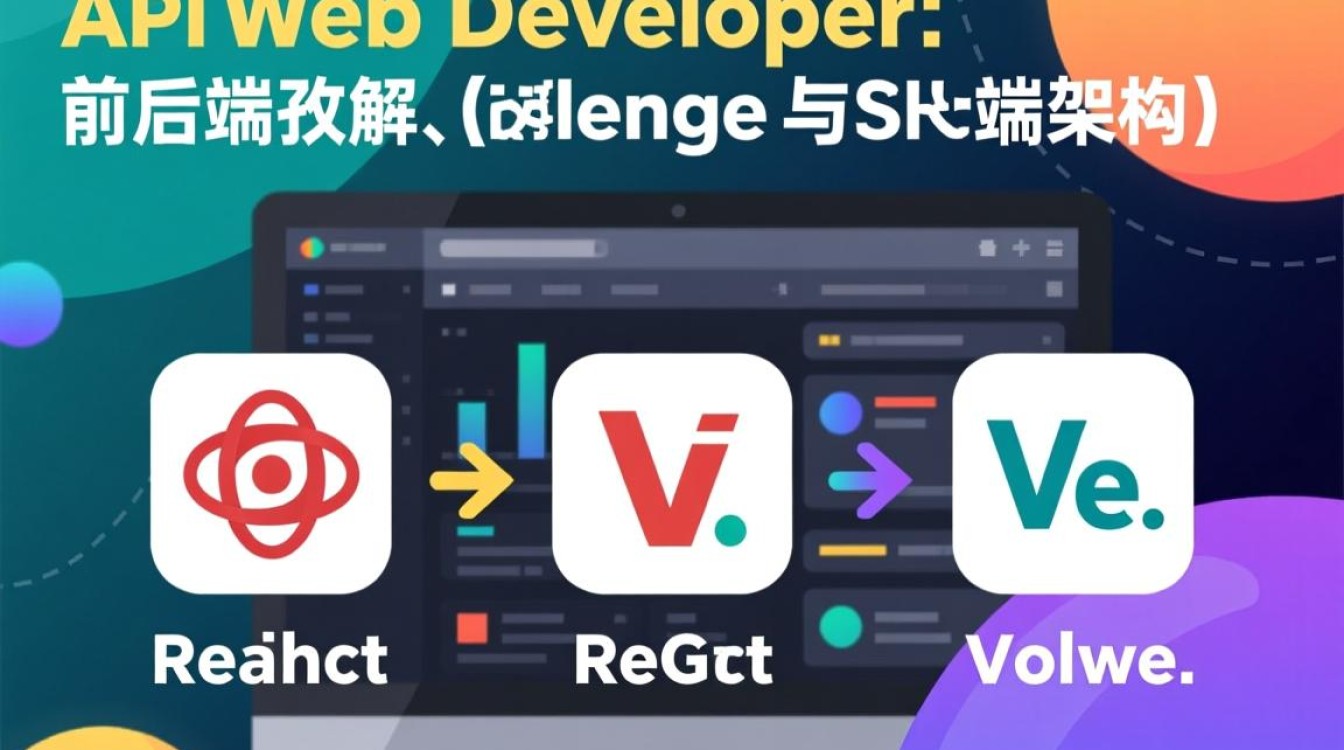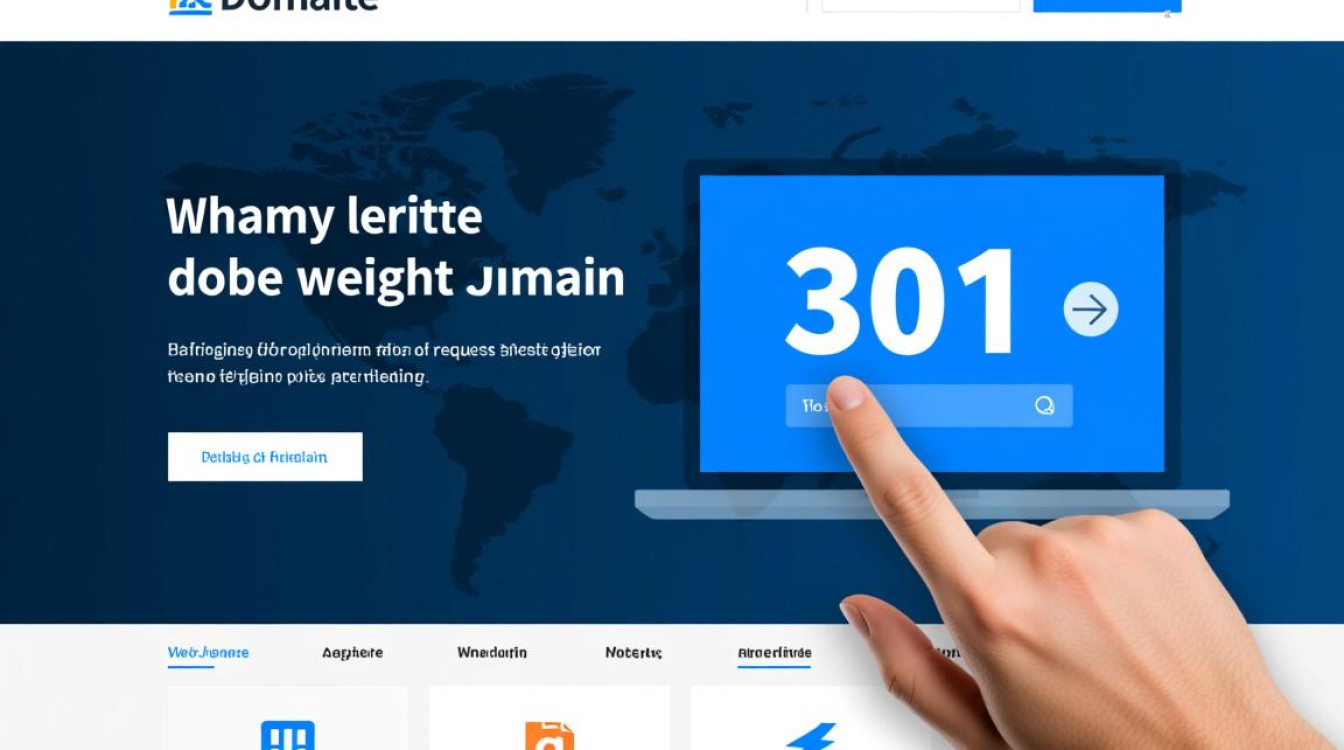在现代Web开发中,API跨域是一个常见且重要的问题,由于浏览器的同源策略(Same-Origin Policy),前端页面在尝试请求不同源(协议、域名或端口不同)的API时,会被浏览器阻止,为了解决这个问题,开发者需要实现跨域资源共享(CORS,Cross-Origin Resource Sharing)机制,本文将详细介绍API跨域的原理、常见解决方案及具体代码实现,帮助开发者高效处理跨域问题。

跨域问题的产生原因
浏览器的同源策略是一种安全机制,用于限制一个源的文档或脚本与另一个源的资源进行交互,前端页面部署在https://example.com,而API服务部署在https://api.example.com,这两个源虽然域名相似,但因端口或子域名不同,会被视为不同源,从而导致跨域请求被拦截,跨域请求分为简单请求(如GET、POST)和非简单请求(如带自定义头的PUT、DELETE),非简单请求还会触发预检请求(Preflight Request),增加了跨域处理的复杂性。
服务器端解决方案
服务器端是实现跨域的核心,通过设置HTTP响应头允许特定源的请求访问资源,以下是不同服务器的代码实现示例:
Node.js(Express框架)
在Express中,可以通过中间件设置CORS头:
const express = require('express');
const app = express();
// 允许所有源访问
app.use((req, res, next) => {
res.header('Access-Control-Allow-Origin', '*');
res.header('Access-Control-Allow-Methods', 'GET, POST, PUT, DELETE, OPTIONS');
res.header('Access-Control-Allow-Headers', 'Content-Type, Authorization');
next();
});
// 允许特定源访问
// res.header('Access-Control-Allow-Origin', 'https://example.com');
app.get('/api/data', (req, res) => {
res.json({ message: '跨域请求成功' });
});
app.listen(3000, () => console.log('Server running on port 3000'));
Nginx配置
通过Nginx反向代理配置跨域:

server {
listen 80;
server_name api.example.com;
location / {
# 允许所有源访问
add_header 'Access-Control-Allow-Origin' '*';
add_header 'Access-Control-Allow-Methods' 'GET, POST, PUT, DELETE, OPTIONS';
add_header 'Access-Control-Allow-Headers' 'DNT,User-Agent,X-Requested-With,If-Modified-Since,Cache-Control,Content-Type,Range,Authorization';
if ($request_method = 'OPTIONS') {
add_header 'Access-Control-Allow-Origin' '*';
add_header 'Access-Control-Allow-Methods' 'GET, POST, PUT, DELETE, OPTIONS';
add_header 'Access-Control-Allow-Headers' 'DNT,User-Agent,X-Requested-With,If-Modified-Since,Cache-Control,Content-Type,Range,Authorization';
add_header 'Access-Control-Max-Age' 1728000;
add_header 'Content-Type' 'text/plain; charset=utf-8';
add_header 'Content-Length' 0;
return 204;
}
proxy_pass http://backend_server;
}
}
前端解决方案
前端通常通过代理或JSONP(仅支持GET请求)解决跨域问题,以下是常见实现方式:
Vue CLI代理配置
在vue.config.js中配置代理:
module.exports = {
devServer: {
proxy: {
'/api': {
target: 'https://api.example.com',
changeOrigin: true,
pathRewrite: {
'^/api': ''
}
}
}
}
};
前端请求时使用相对路径:
axios.get('/api/data').then(res => console.log(res.data));
Create React App代理配置
在package.json中添加代理:

"proxy": "https://api.example.com"
或通过setupProxy.js(需安装http-proxy-middleware):
const { createProxyMiddleware } = require('http-proxy-middleware');
module.exports = function(app) {
app.use(
'/api',
createProxyMiddleware({
target: 'https://api.example.com',
changeOrigin: true,
pathRewrite: {
'^/api': ''
}
})
);
};
跨域请求头详解
以下是CORS相关的关键HTTP响应头及其作用:
| 响应头 | 作用 | 示例 |
|---|---|---|
Access-Control-Allow-Origin |
指定允许访问的源 | 或 https://example.com |
Access-Control-Allow-Methods |
允许的HTTP方法 | GET, POST, PUT, DELETE |
Access-Control-Allow-Headers |
允许的请求头 | Content-Type, Authorization |
Access-Control-Max-Age |
预检请求的缓存时间 | 86400(1天) |
Access-Control-Allow-Credentials |
是否允许携带凭证(如Cookie) | true |
常见问题与解决方案
- 预检请求失败:确保服务器正确处理
OPTIONS方法,并返回必要的CORS头。 - 携带Cookie被拦截:需设置
Access-Control-Allow-Credentials: true,前端请求时配置withCredentials: true(axios示例):axios.get('https://api.example.com/data', { withCredentials: true }); - 生产环境跨域:建议通过服务器代理或CDN配置,而非直接使用
Access-Control-Allow-Origin: *,以避免安全风险。
API跨域是Web开发中不可避免的问题,理解CORS机制并合理配置服务器或前端代理是解决跨域的关键,开发者应根据项目需求选择合适的方案,例如开发环境使用代理,生产环境通过服务器或Nginx配置,注意安全性和性能的平衡,避免过度开放跨域权限,通过本文提供的代码示例和配置指南,开发者可以快速实现安全、高效的跨域请求。

















